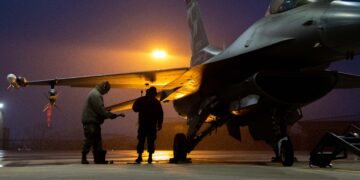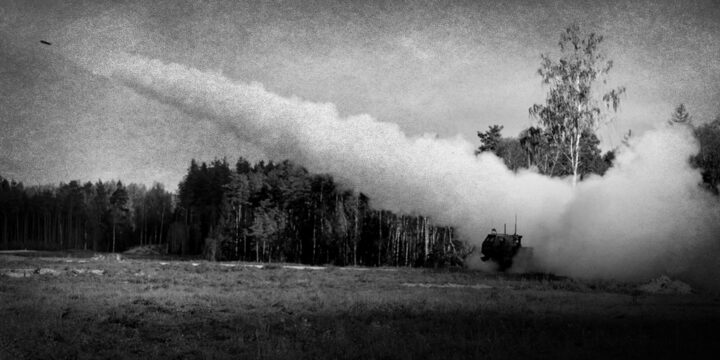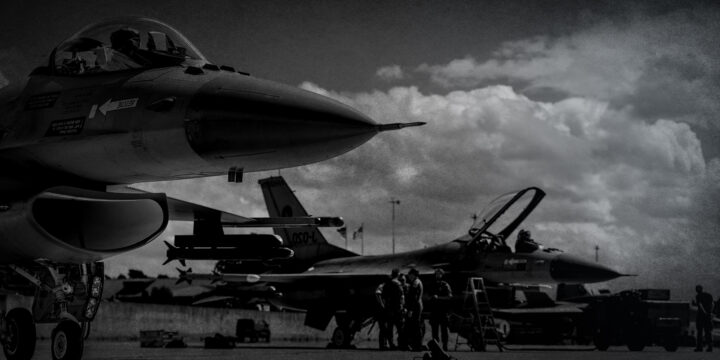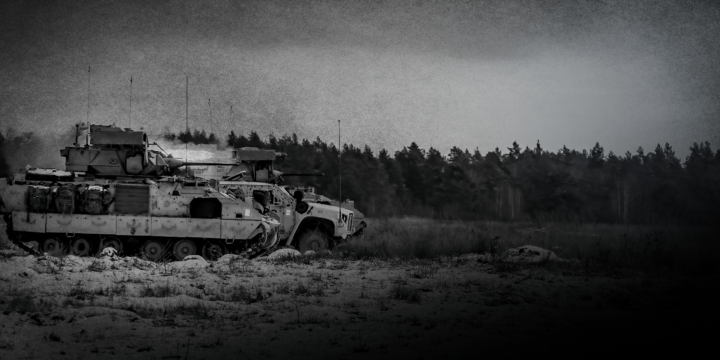December 16, 2024
Four scenarios for Ukraine’s endgame
By Rajan Menon

Almost three years after Vladimir Putin ordered Russia’s troops to invade Ukraine, the war is entering what could be its final phase, and a deal to end it seems likelier than ever.
Ukraine is struggling: It has been steadily losing ground since the summer, its army faces an increasingly severe shortage of soldiers, and Russia has gained six times more territory so far this year than it did in all of 2023. After long vowing not to cede any territory to Russia, Ukraine’s president, Volodymyr Zelensky, recently acknowledged that Ukraine’s army right now lacks the strength to liberate all of the land Russia occupies and broached the idea of postponing that goal in return for NATO membership. A recent Gallup poll revealed that some 52 percent of Ukrainians favor a quick, negotiated end to the war, compared with only 27 percent last year.
Ukrainians are battle-weary, but Russia, too, has problems. Ukraine and its allies estimate that the Russian Army’s dead and wounded could be around 700,000, and geolocated tallies have suggested that more than 14,000 pieces of Russian military equipment have been destroyed. Casualties — which Britain’s ministry of defense estimated to average around 1,500 a day in the first half of November — and losses of weaponry on this scale cannot be sustained indefinitely.
Russia’s economy is also showing the strain. The Russian central bank projects that growth will fall sharply next year, to as low as 0.5 percent. The central bank says inflation is 8.54 percent — it raised interest rates to a punishing 21 percent in October — but some private surveys suggest it may be at least twice that. At the end of November the ruble dropped to its lowest level since March 2022. The cost of basic food items such as butter, cabbage and potatoes has soared, and some stores have started storing butter packets in locked cabinets to prevent theft.
Despite pouring vast resources into the war, Mr. Putin still does not control all of Donetsk, Kherson and Zaporizhzhia provinces in Ukraine, which, together with Luhansk, are part of his declared goals. He, too, has begun to outline his terms for a cease-fire — even as his troops push forward and before he has managed to fully eject Ukrainian troops from the parts of Russia’s Kursk province that they overran in an audacious gambit in August.
Read article in The New York Times
Author

Rajan
Menon
Non-Resident Senior Fellow
More on Europe

By Peter Harris
January 22, 2025

By Jennifer Kavanagh and Daniel DePetris
January 16, 2025

By Daniel Davis
January 16, 2025





